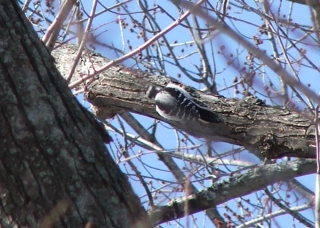GBBC 2015 Overview
You did it! Once again participants from around the world set new records for the number of species identified during the four days of the Great Backyard Bird Count and for the number of checklists submitted.
Total checklists: 147,265 (up 3,156)
Total species: 5,090 (up 794)
Estimated participants: 143,941 (up 1,890)
Bad weather really had an impact on participation in the heavily populated northeastern quadrant of the United States and across Canada. Bitter temperatures, snow, and high winds produced a noticeable drop in the number of checklists submitted from those regions. Kudos to those who braved the elements to count (humans) and be counted (the birds)! And congratulations to our outstanding performers across the globe. Below are the Top 10 countries ranked by number of checklists submitted:
|
Country
|
Number of Species
|
Number of Checklists
|
|
United States
|
671
|
108,396
|
|
Canada
|
241
|
10,491
|
|
India
|
717
|
6,810
|
|
Australia
|
524
|
812
|
|
Mexico
|
653
|
425
|
|
Costa Rica
|
559
|
303
|
|
Portugal
|
197
|
193
|
|
New Zealand
|
126
|
161
|
|
Ecuador
|
784
|
138
|
|
Honduras
|
353
|
133
|
Do some more exploring on your own. How many Snowy Owls were reported in your state or province? Did Pine Siskins show up in your county? How many species were identified in your country?
Use the “Explore a Region” tool to find out.
Still Have Checklists to Enter?
Although data entry has been closed on the GBBC website, you can still enter any lingering lists by going directly to the eBird online checklist program at www.eBird.org. You can use the same user name and password (which you have carefully saved for next year). Any observations entered in eBird for the GBBC dates, February 13-16, 2015, will be part of the count.
The Next GBBC is February 12-15, 2016
Keep Counting!
We hear the same lament every year: “I had some some really great birds just before (or after) the GBBC and I couldn’t report them.”
Yes, you can! Now that you’ve contributed to the Great Backyard Bird Count, you can report your birds anytime, anywhere by using eBird. Just use the same user name and password you set up for the GBBC and the data entry process is the same.
You’ll be in good company. eBird collects millions of sightings each month from around the world. Those observations have been put to use in generating the State of the Birds reports for the U.S. Department of the Interior and for targeting specific species for conservation based on when and where they will be appearing during migration. Your birds matter!











